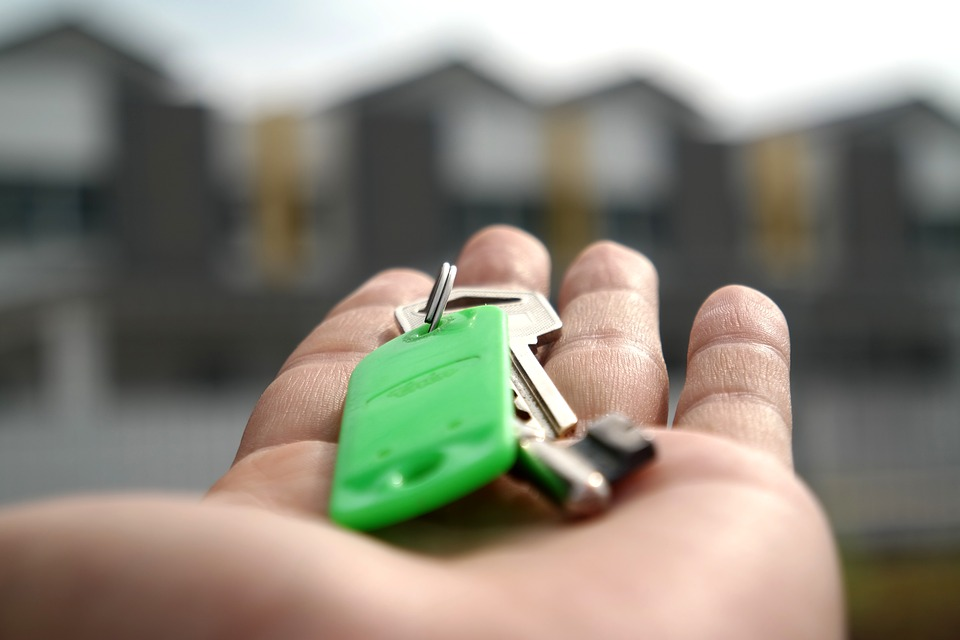These days, more and more people are getting into real estate investment as a side gig or even as a totally new career. With property prices always trending upwards, anyone with a little extra time and some investment capital is able to get into a property and make some real money. One of the most lucrative ways to make money from real estate is known as house flipping.
This is when you buy a property at a low price and “flip it” (sell it quickly) for a higher price. House flipping takes some skill and know-how, but if you get it right, you can make some serious money. For everyone who is interested in house flipping, here is what you will need to do to get started.
1. Research Multiple Real Estate Markets
One mistake that many people who are looking to get into house flipping make is that they only look for properties in their local area. Some real estate markets are better for this type of investment than others so it is important that you research multiple markets to find one which fits your budget and which provides profit potential. Your budget will be a major factor in which markets are available to you. The less cash you have, the cheaper the properties you will be able to invest in. While loans and financing will be able to help you cover the cost of the property in terms of its mortgage, the 20% down payment is most likely going to be solely on you, so if you have $50,000 to invest, you will be looking at $250,000 homes rather than $2.5 million ones.
Many property investors often categorize markets from A class to D class, with A markets having the most expensive properties and D markets the cheapest. While D class markets are often the most accessible for new investors, they come with certain disadvantages like the potential for crime and low-profit potential. Many investors recommend starting out with a C class property so that you gain some experience at low risk.
2: Make a Business Plan
Flipping houses may seem simple enough but it is a business. If you are serious about it, you need a business plan. It does not have to be very in-depth but you do need to set out your budget, your projected timeframes, and your expected profits. Think about how much you have to spend, how much do you need to reserve for renovations, and how you plan to finance your business.
You should also set rules for yourself about what level of renovations you are willing to do. Unless you have extensive construction knowledge and experience, new investors should start with properties that are only in need of a facelift. This will be new paint, some exterior landscaping, new floors, and perhaps a bathroom update. When you are more comfortable and have a few successes under your belt, you can start looking at more ambitious projects for higher profits.
3. Secure Your Financing
There are various financing options available to fund your house flipping venture so it is important to research every available avenue. Many investors who make their money by flipping houses use hard money loans to fund both the initial purchase and the renovations. Hard money loans are secured against the property itself and in order to borrow one, you will need to show the lender both the purchase price and your projected cost of renovations. The lender will then look at those renovations and make a judgment on whether they will add value to the property. If they decide there is money to be made, they will lend you the total you need for the entire project on the understanding that there will be a quick profit and they will get their money back soon.
Hard money loans are useful for house flipping because they provide quick cash for investment but this does come with high-interest rates and low fees so you have to make sure you flip the house quickly.
4. Build Relationships with Contractors
It is very important that you have contractors you can trust and who you know will be able to do the renovations in time for a quick sale. Building a reliable network of contractors is a huge step towards success, and the more you work with them, the better deals they will give you. If you are just buying and selling houses in one real estate market then you can use the same contractors over and over again, but if you are functioning in multiple markets you will need to reach out to contractors in each one.
5. Find the Best Deals
Finding the best property deals is a vital part of being successful in house flipping. A good deal means being able to buy a property at below the current market value with enough room to cover your renovation costs and other fees and still make a profit. There are various strategies that investors use to find great deals. A lot of house flipping is about networking, whether it is building relationships with realtors or property wholesalers, but the important thing is to always keep your ear to the ground.
Finding a great property is all about patience and knowing when to invest so don’t panic. Many first-time investors feel like their money is burning a hole in their pocket and end up leaping into a deal that doesn’t make any money. Take your time and the right property will come along. Once you have purchased your first house, make sure that the renovations are well researched in terms of what will add value to the property. Knowing what works and what doesn’t in different markets takes time, so speak to your contractors and other real estate investors you know and you will soon be a pro.
House flipping can be incredibly profitable and if you choose the right properties, you can make a sustainable business or side venture. Securing suitable capital, getting the best deals on properties, and appealing to the right buyers are all key in successful house flipping. Make sure you understand every aspect of the process to ensure that you are able to protect your investment and hopefully make some serious profits.



















